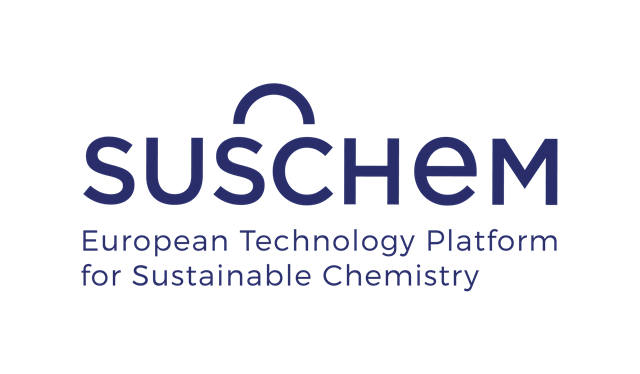CO2 conversion is set to play a critical role in the future for manufacturing and renewable energy storage. Pierre Barthelemy of Cefic Research and Innovation discusses what this means for a sustainable European chemical industry.
The utilisation of CO2 as a feedstock by the European chemical industry could develop into a key solution to reduce the use of fossil feedstock, reduce the EU’s dependence on imports of fossil resources, and improve the security of supply of carbon-based feedstock.
CO2 conversion is set to play a very important role in the future, not just for manufacturing chemicals but also for renewable energy storage. Unfortunately the fragmentation of know-how and activities across Europe is a barrier to the fast development and uptake of CO2 conversion technologies.
CO2 is widely available, sometimes in localised and relatively concentrated streams, for example industrial flue gases, yet its conversion into higher value chemicals or fuels is challenging. The very high thermodynamic stability of CO2 is a technical intrinsic hurdle that justifies the wide range of customised options being investigated worldwide by the scientific and industrial communities.
Biotech innovation and CO2 bioconversion
Funded by the European Commission, the BIO-TIC FP7 project was launched to develop an overview of the barriers to biotech innovation and to identify solutions to overcome these barriers. As part of this objective, several online surveys and stakeholder consultations have been conducted. One interesting finding from an online survey that preceded the recent BIOTIC Workshop on CO2 bioconversion confirmed the common view that chemical conversion of CO2 is a more mature technology compared to CO2 bioconversion technologies; respondents see chemical catalysis as the main CO2 conversion technology by 2020 but expect that bioconversion (especially using microalgae and fermentation) would become the main CO2 conversion technologies by 2030. The most advanced biotechnological (bio-electrochemical conversion of CO2 and artificial photosynthesis) are promising in the long term but are currently at low technology readiness levels (TRL).
CO2 conversion technologies: “no one size fits all”
Due to the variety of CO2 sources and different requirements and limitations of the various CO2 conversion technologies, one may actually expect coexistence of various conversion routes, each of them representing an optimised solution to a specific situation. In fact, hybrid solutions combining bioconversion and chemical catalysis for different steps in the entire process (purification, conversion, downstream processing) could enlarge the portfolio of options to solve the economic and technical equations for a given situation.
There is a significant amount of know-how in Europe on CO2 conversion technologies overall, however only a few projects are currently emerging at the pilot or demonstration scale level. For CO2 bioconversion, all the emerging success stories are US-based.
The recent BIO-TIC workshop on CO2 bioconversion has provided more insight on the hurdles and possible solutions for the use of CO2 as a feedstock for industrial biotechnology processes, which is now being integrated in the final BIO-TIC roadmaps. The latter will be available for public consultation early in the New Year.
SusChem’s contribution to CO2 conversion technologies
CO2 conversion technologies in general—including chemical catalysis processes— feature in the new SusChem Strategic Innovation and Research Agenda (SIRA) that will also be published at the beginning of 2015. The SIRA addresses the challenges of CO2 conversion via both chemical and biotechnology routes and identifies a series of research and innovation actions that will move the field forward. In addition to efficient conversion processes these actions include sustainable technologies to recover CO2 from flue gases and the integration of renewable energy and efficient technologies for H2 production.
For more information please contact Pierre Barthelemy at Cefic, read the SusChem blog or visit the SusChem website. One of the SusChem twitter account's areas of interest is news and information on CO2 capture and utilisation (CCU) using the hashtag #useCO2 to highlight tweets on the subject.


No comments:
Post a Comment
Please post your comment here. Please note that this newsblog is not moderated.
Note: only a member of this blog may post a comment.